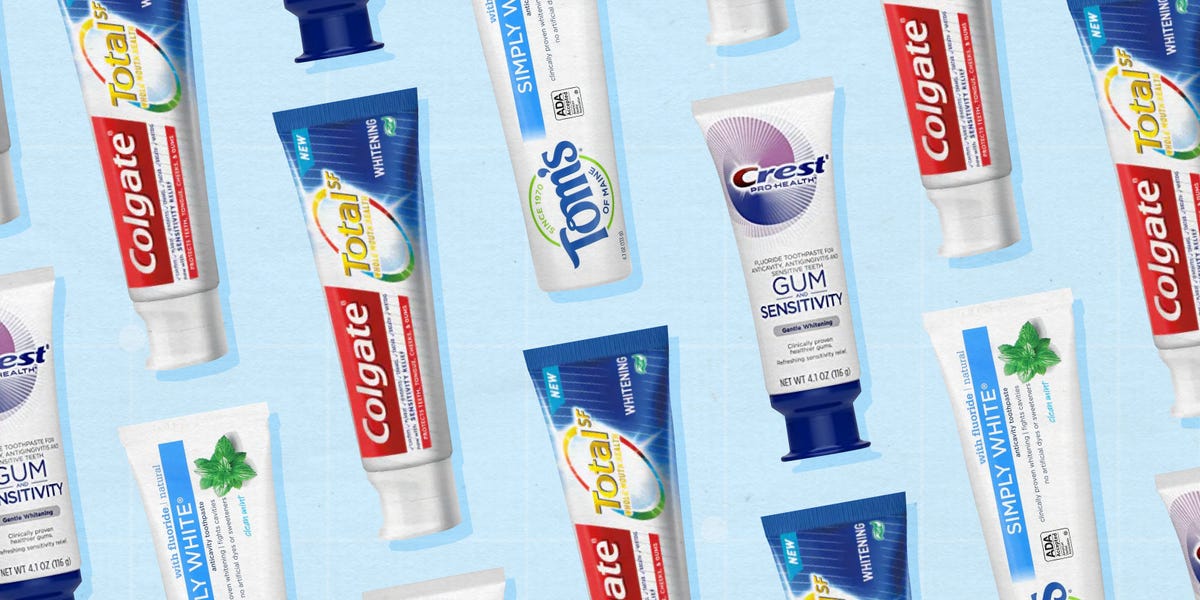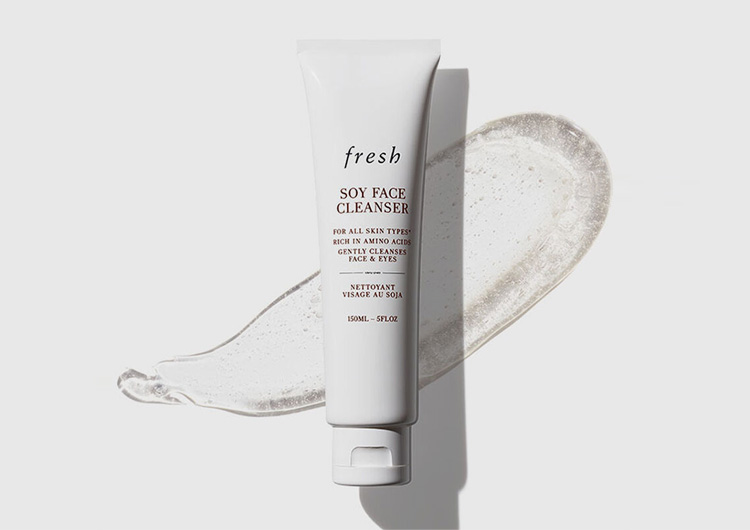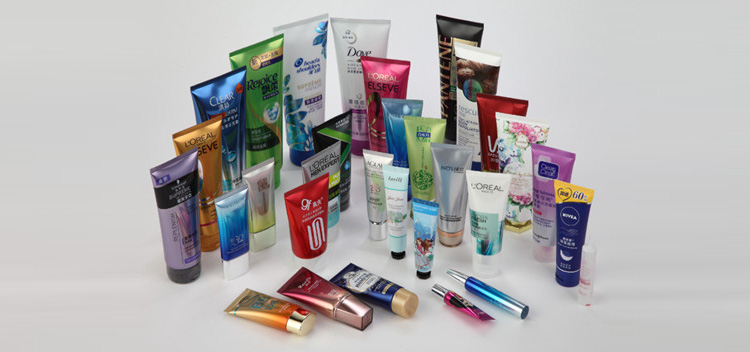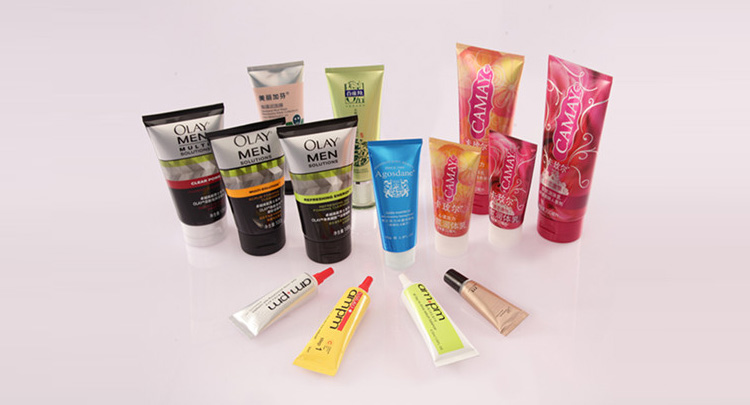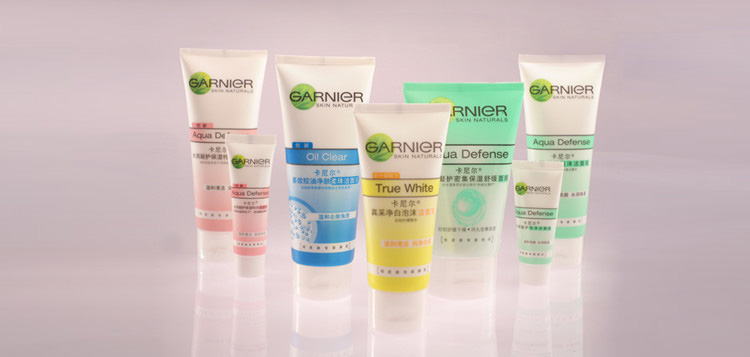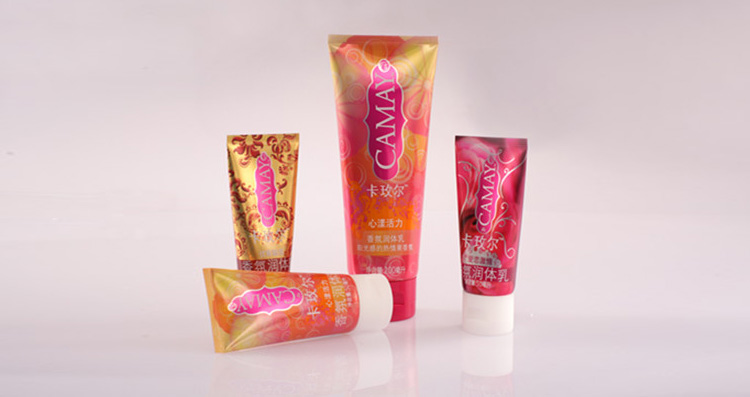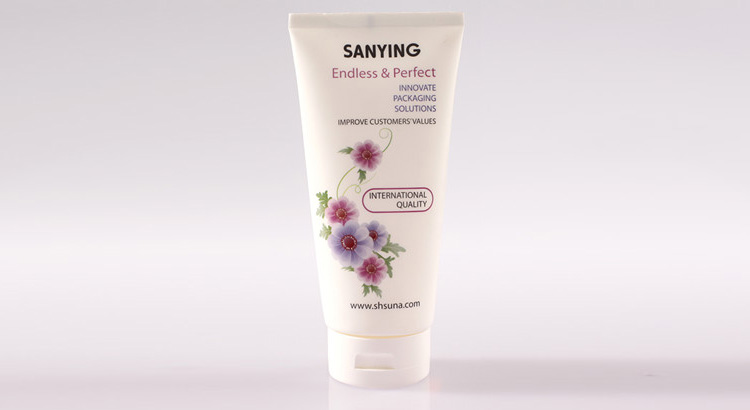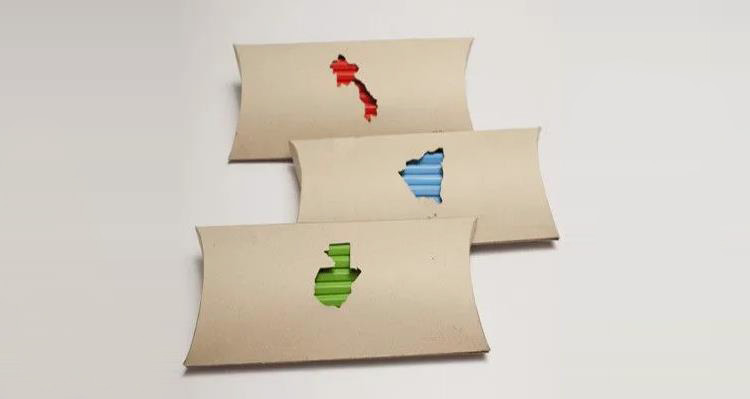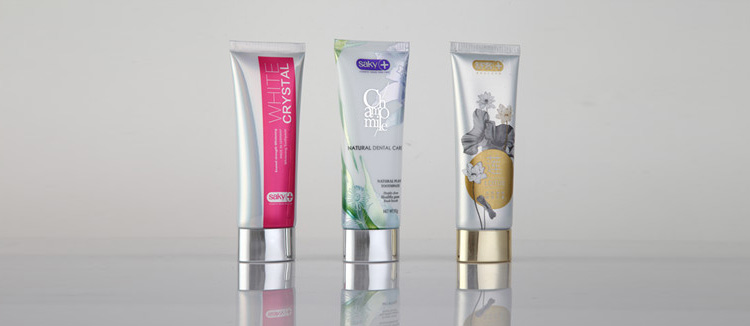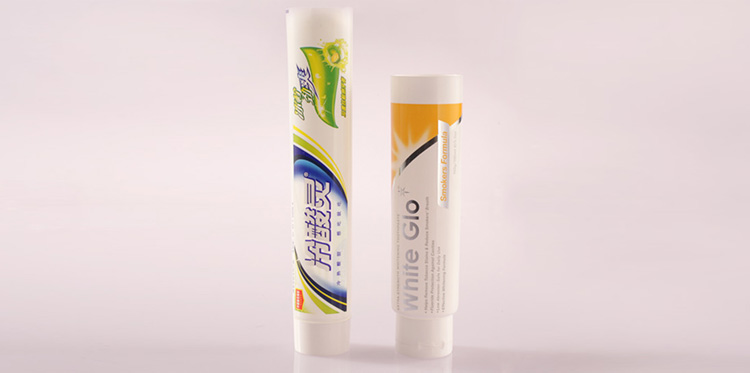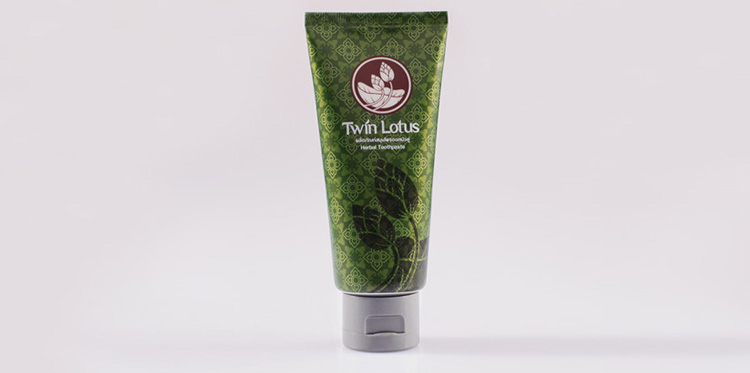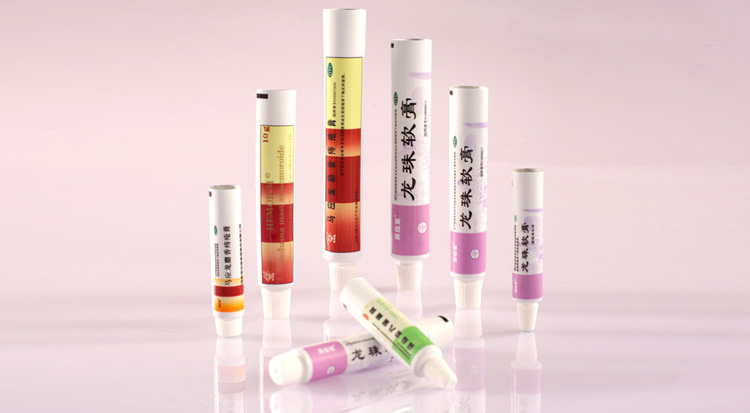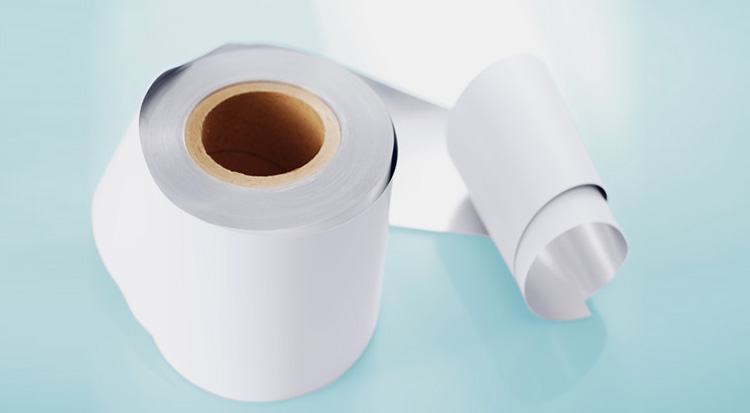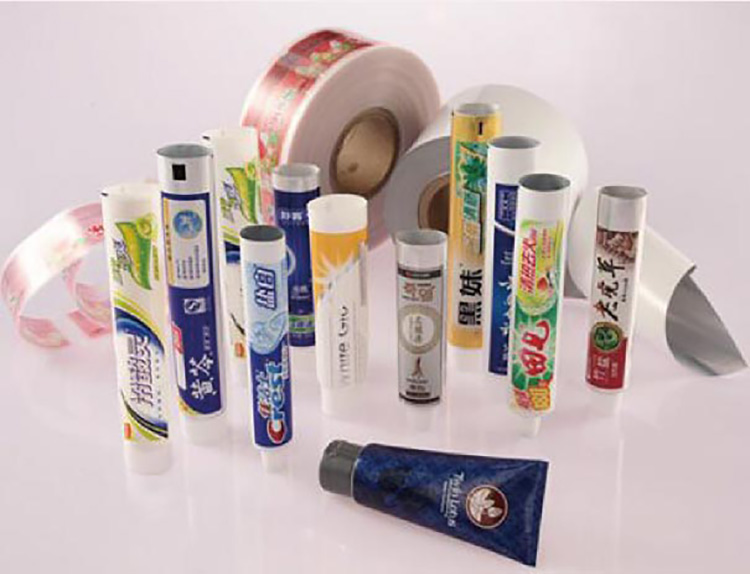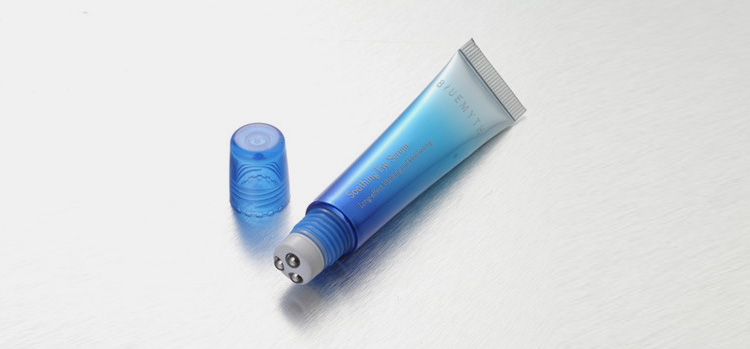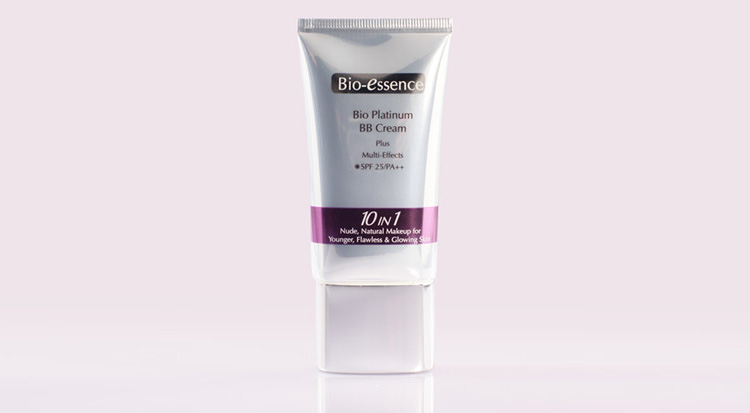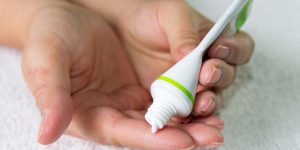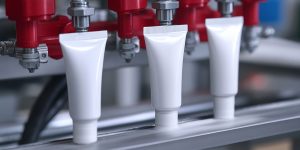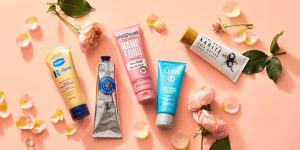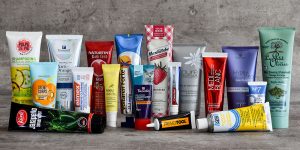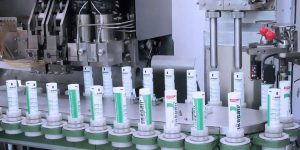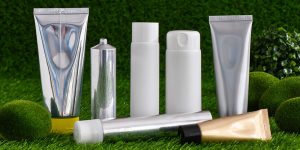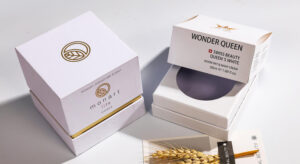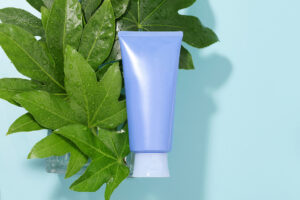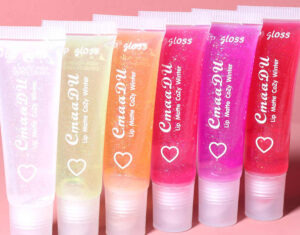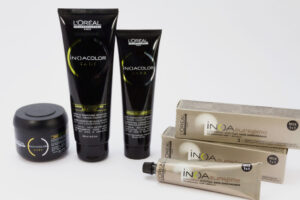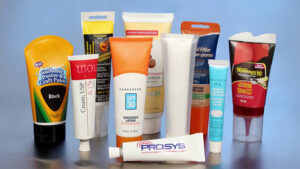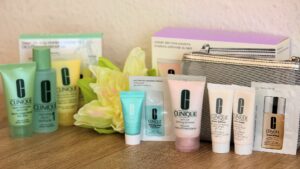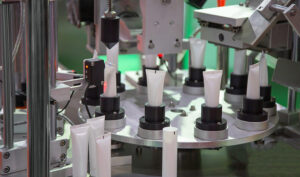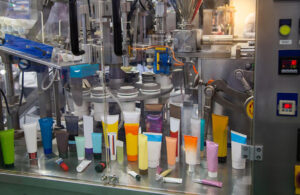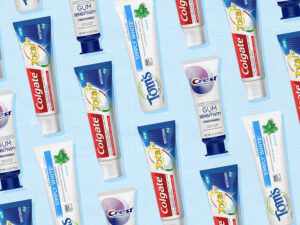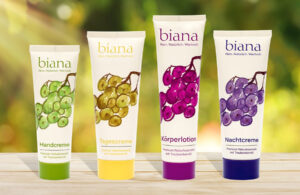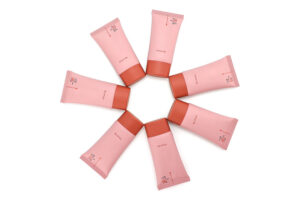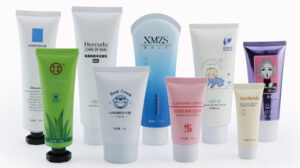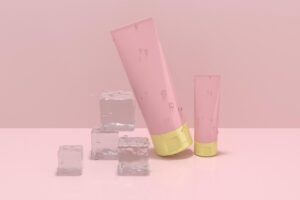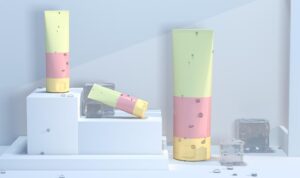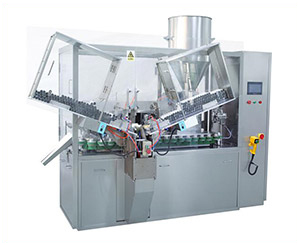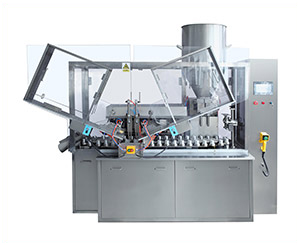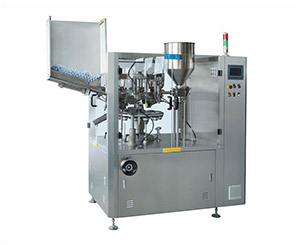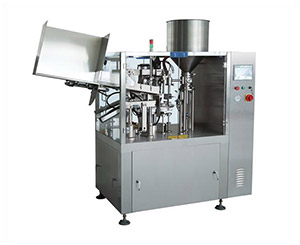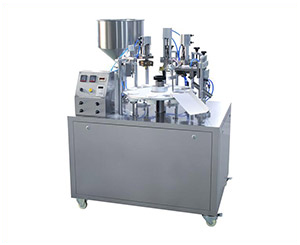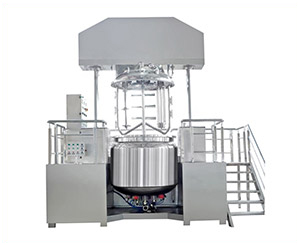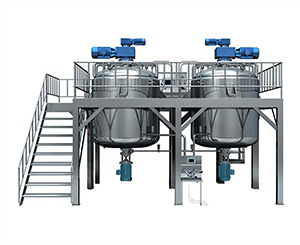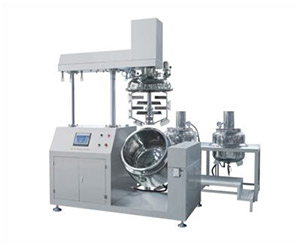Cosmetics Drive Tube Packaging Development
With the rapid development of plastics and different materials composite technology, composite tube with its excellent water resistance, oxygen barrier and other properties and good convenience gradually go into a variety of different packaging areas such as high-end cosmetics.
This is changing the concept of plastic composite tube packaging traditionally used only for low-grade products in simple packaging.
The advantages of composite tube
Compared with the packaging of other products, cosmetics packaging in the water and oxygen barrier requirements are higher.
For example, fats containing water may contain enzymes and yeast.
Due to the presence of enzymes, if the water in the fat is increased, it can cause hydrolysis and accelerate auto-oxidation reactions, providing an environment for micro-organisms to live in and reducing the viability of certain components, hence the need to prevent the intrusion of external moisture.
In addition, some powdered products need to be prevented from absorbing moisture and causing caking, hardening and deterioration, etc.
And some products containing water are used to cleanse the skin and must be kept at a certain water content for a certain period of time, so it is also necessary to prevent water from escaping from within the cosmetic.
Oxygen is the most important factor in the rancidity of cosmetics. Most cosmetics contain an oil component, and the unsaturated bonds in oils and fats can easily oxidise and cause deterioration, i.e. rancidity.
This oxidation of unsaturated oils and fats is a chain (free radical) reaction. As soon as a small part of it starts to oxidise, it rapidly leads to complete rancidity of the oil and grease, resulting in a reduction in product quality or failure.
Therefore, during the production, storage and use of cosmetics, every effort should be made to avoid the occurrence of oil and grease rancidity and to prevent the entry of oxygen.
On balance, plastic composite tubes have many advantages that are difficult to match with other materials. Aluminium-plastic composite tube has excellent barrier properties, and multi-layer composite hose through the design of a reasonable material structure can also achieve the same effect of water, oxygen, to prevent the entry of odours or fragrance escape.
Therefore, a variety of plastic composite tube has become an indispensable form of packaging for cosmetics and pharmaceuticals.
In recent years, the composite tube is used by many famous brands in large quantities, such as SK-II skin care products sold in China at a high price on the use of composite tube packaging. And in the sunscreen market, including Lancôme and other brands of products are used in large quantities of tube packaging. The tube, arguably one of the most popular forms of packaging in the cosmetics market in the last two years.
Plastic composite tube in the cosmetics industry is mainly used for cleaning cream, face wash (milk liquid), shower gel, shampoo, shampoo cream, conditioner, hair dye, bureau of oil cream, hair removal cream, toothpaste and other products packaging; in the pharmaceutical industry is mainly used for cream, cream type of external drug packaging.
Functional demand for cosmetic packaging
Cosmetics often represent fashion, avant-garde or trendy, and therefore the protective, functional and decorative aspects of cosmetic packaging go hand in hand and are almost equally important.
Cosmetics packaging has also always been the most active market, not only for fast product updates and avant-garde designs, but also for the high level of processing and production required.
Cosmetics packaging firstly requires that no chemical or biological reaction occurs with the contents; secondly, it should be easy to use and the packaging usually requires a secondary sealing function and a certain degree of durability; then there is the need to have a good marketing role.
The packaging is highly decorative and the production should be very fine. For many high-end cosmetics, the packaging accounts for an even higher cost than the product itself.
The most common packaging for cosmetics includes: glass bottles, plastic bottles, composite plastic bags, plastic tubes, etc.
Paper boxes are often used as the outer packaging for mid- and high-grade cosmetics. Traditionally, most of the medium and low-priced skin care products use composite plastic bags, plastic tubes and plastic bottles, while high-grade products are more favourable to glass bottles.
In recent years, with the emergence of new plastic materials and the development and maturity of plastic compounding technology, a variety of different plastic packaging is playing an increasingly important role in the field of high-end cosmetic packaging. Various composite tubes are one of the important forms of packaging.
Functional toothpaste packaging
Toothpaste is an essential dental care product for people, and with the increasing functionality and variety of toothpaste, the packaging of toothpaste has also changed considerably.
Initially toothpaste packaging was made from lead and tin in tubes, and it was not until the 1960s that aluminium tubes were used.
Due to the limitations of printing methods, toothpaste tubes were only letterpress printed with some text and colour blocks, but not with images. Even when the text was printed, it was not of high quality, with large characters printed rather crudely and small characters not printed at all.
Due to the limitations of the technical level, aluminium tubes have long been the only choice for toothpaste tubes. Until the late 1980s, domestic toothpaste production had reached nearly one billion units, which not only met the needs of the domestic market, but was also partially exported.
The development of functional toothpastes also accelerated during this period, with a variety of medicated toothpastes coming into being as people demanded both tooth cleaning and prevention of dental diseases.
At that time there were already around 300 million medicated toothpastes, accounting for 30% of total production, and this became the trend for toothpastes in the future. The advent of pharmaceutical toothpastes immediately brought to light the disadvantages of aluminium tubes.
Because some of the ingredients contained in pharmaceutical toothpaste would react chemically with the aluminium tubes, quality problems such as spotting would appear in the pharmaceutical toothpaste packaged in aluminium tubes.
In the early 1990s, Shanghai toothpaste factory chose the composite tube as the packaging of toothpaste, and introduced the composite tube control equipment from the Swiss AISA company, becoming the first person to eat the crab.
At the end of 1993, the total thickness of the composite sheet and the thickness of its aluminium foil layer has been reduced, the sheet price of the aluminium-plastic composite tube has been reduced significantly; the composite sheet has been printed using flexographic plates, and the printing quality has further improvement.
Domestic supply of composite tube sheet manufacturers are also more and more. Against this background, Shanghai Toothpaste Factory saw the opportunity to launch brands such as "Liulanxiang", "Baiyu" and "Acidproof" and began to enter the composite tube market in a big way.
Other toothpaste manufacturers in China have also started to adopt composite tube packaging. The market share of composite tube toothpaste has been increasing and has reached 60% to 70%.
Functionality of the packaging structure
The rapid development of composite tubes in the packaging market has also benefited from the efforts of tube manufacturers to continuously develop new technologies.
In order to improve the quality of cosmetics packaging, one of the factors that tube manufacturers need to change is the barrier properties of the packaging.
Tube manufacturers are increasingly using multi-layer co-extruded tubes to replace straightforward single-layer tubes, which can then be used to package contents that would not normally be used, or that would affect shelf life.
Due to its decorative and protective capabilities, multi-layer laminated tubes have taken more share from other tubes, as well as plastic bottles. Some experts predict a bright future for multi-layer composite tubes, with double-digit growth in the coming years.
Pitman of Norden AndBro in New York, USA, is exploring the possibility of placing various accessories on the end of the tube. The company has been offering its patented hands-free tube with a sponge attachment for many years.
It is now used in many products. "The tube and its applicator are perfect for packaging any product that you don't want to get on your hands". For hair removal products, this tube is packaged with a squeegee. The company also offers a special tube with a pumice stone on the end, which is designed to be utilised on the feet and elbows, and launched a tube with a rubber squeegee (squeegee) at the end of last year.
The company is also launching a tube pack with a brush on the end this year.
World Wide Packaging recently launched Liscio, a tube made of extruded low-density polyethylene (including the lid). "The cap (flip cap or push cap) is actually made directly into the head of the tube and oriented in exactly the direction that the customer wants. It cannot be moved, so there is no cap backing out or contamination between the cap and the tube."
New from CCL Plastic is the new Nova integral packaging system that sits on a 2-inch tube. It is described as an integral tube system with the tube cap facing towards the front of the tube (front copy). "This closure screws on in the opposite direction to other snap-on closures. The whole design makes it more attractive for cosmetic purposes." The removable dispensing cap is self-cleaning and eliminates clogging of the product.
Combining safety and environmental protection
For cosmetic packaging, safety and environmental protection are equally important issues that must be faced by tube packaging.
In the United States, cosmetics and food and drugs under the same FDA management, the requirements are quite strict. Many cosmetic products are produced under similar conditions to pharmaceuticals, and this is also the case in Europe.
In terms of application, all countries have strict regulations on cosmetic labelling, requiring that various information on the production and use of the product must be marked on cosmetic packaging. Compared to other commodities, cosmetic packaging is more focused on the aesthetics and fashion of the packaging.
And in terms of product recyclability and ease of recycling, it forms a sharp contradiction with functionality. "We are the only company currently producing post-consumer recycled tubes and are working with Aveda, Burt's Bees and Origins," says the head of CCL Plastic. He adds that the company has already had great success in this area, "and we are continuing to see more interest in this eco-friendly concept." "These companies are currently making environmental efforts and others committed to the environment will certainly follow suit."
It is conceivable that composite tube that meet functional requirements at an acceptable cost, while being easily recyclable, will be favoured by the market.
Don't forget to share this post!
Tube Filling Machine Related Posts
Tube Filling Machine Related Products
Tube Filling Machine Related Videos
CONTACT US
Tell us your raw material and project budget to get quotations within 24 hours.
WhatsApp Us: +86 181 6426 8586
Want the best price & newest pharmaceutical machinery buying guide,tips and trends sent straightly to your box?Sign up for Aipak’s monthly newsletter,we’re free for your consultation and Offer you the most suitable solutions!
The Buyer's Guide
- Capsule Filling Buyer's Guide
- Blister Packaging Buyer's Guide
- Tablet Counting Buyer's Guide
- Tube Filling Buyer's Guide
- Cartoning Buyer's Guide
- Gummy Making Buyer's Guide
- CO2 Extraction Buyer's Guide
- Empty Capsules Buyer's Guide
- Suppository Filling Buyer's Guide
- Tablet Coating Buyer's Guide
- Tablet Press Buyer's Guide
- Softgel Encapsulation Buyer's Guide
Most Popular
- 7 Importance Of Pharmaceutical Packaging In Different Applications You Must Know
- 6 Advantages You Must Know About Tablet Counting Machine
- 8 Advantages of Blister Packaging You Must Know
- 6 Critical Applications of Automatic Capsule Filling Machine
- 6 Stations You must Know to Improve the Filling Quality of Automatic Capsule Filling Machine
